
Rath Yatra:
Rath Yatra, also known as the Chariot Festival, happens to be among the most important Hindu celebration in Puri, Odisha. Dedicated to Lord Jagannath, this is the largest event, held every year, known to attract multitudes of people globally seeking for spiritual fulfillment and tourism too. Rath yatra therefore stands out as one of those events where grandeur mixed with cultural richness would give someone an unforgettable memory.
Table of Contents
Historical Significance:
The origins of Rath Yatra can be traced back to ancient times, when it was mentioned in several holy Hindu texts such as Skanda Purana or Brahma Purana or Padma Purana. According to text,’ Jagannath Yatra ’was first celebrated in about 12th century after Jagannath temple at Puri was built by King Anantavarman Chodaganga Deva. This festival revolves around three deities – Lord Jagannath himself being one among them together with Balabhadra his brother plus Subhadra his sister.
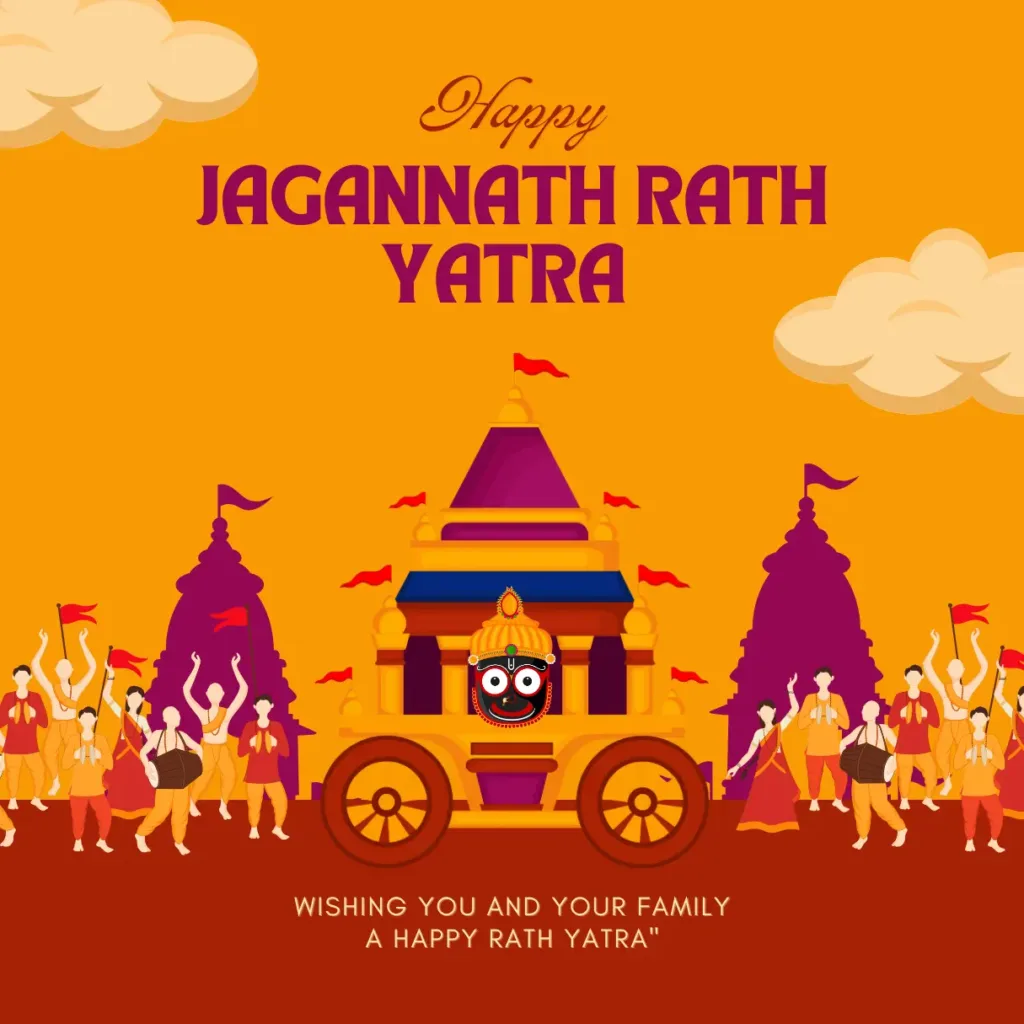
The Story Behind Rath Yatra:
Every year during the Rath Yatra, in Puri, there is a festival to commemorate the annual visit made by lord Jagannath to Gundicha temple, which is a few kilometers away from the main temple.The festival is in memory of when Queen Gundicha, who was wife to King Indradyumna, requested the lord to stay at her house for a few days.
So on each occasion lord Jagannath, with the company of Balbhadra and Subhadra, goes on a visit to her place.
Preparation and Rituals:
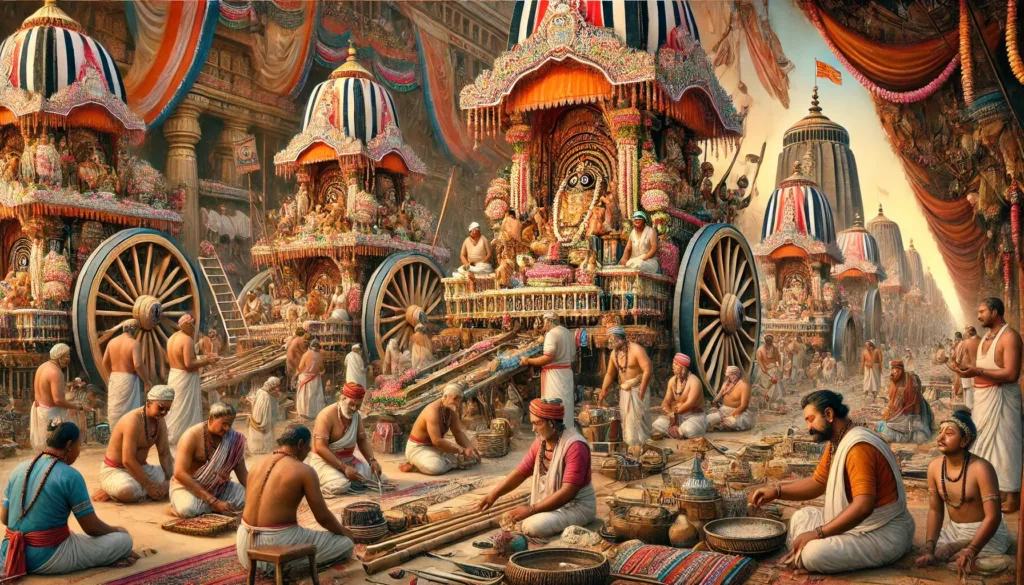
The planning for Rath Yatra takes months; it starts earlier than many people expect this. There are three large chariots meant for each deity, which are made by skilled artisans.
Wood of certain kind is used in constructing these Chariots since they hold religious significance while at the same time being covered with a variety of colorful fabrics or adorned with carvings and paintings just equally intricate too.
Nandighosa is the official name given to Lord Jagannath’s chariot, Taladhwaja refers to Balabhadra while Darpadalana is for Subhadra.
Also Read
The Grand Procession:
On the auspicious day of Rath Yatra, the gods are brought out with great pomp from the sanctum sanctorum of the Jagannath Temple in a ritual called Pahandi. Chanting of hymns fill the air, drums are beaten and conchs blown as the deities are seated on their respective rathas. The streets of Puri resound with the jubilant music of chariot-pulling by devotees from all walks of life headed for the Gundicha Temple, creating a feeling of deity presence within them.
Charriot pulling is a sacred duty that many people believe brings them good lucks and forgiveness from their transgressions. The journey to Gundicha Temple is marked by profound devotion and excitement, where hundreds of thousands of people participating in the procession.
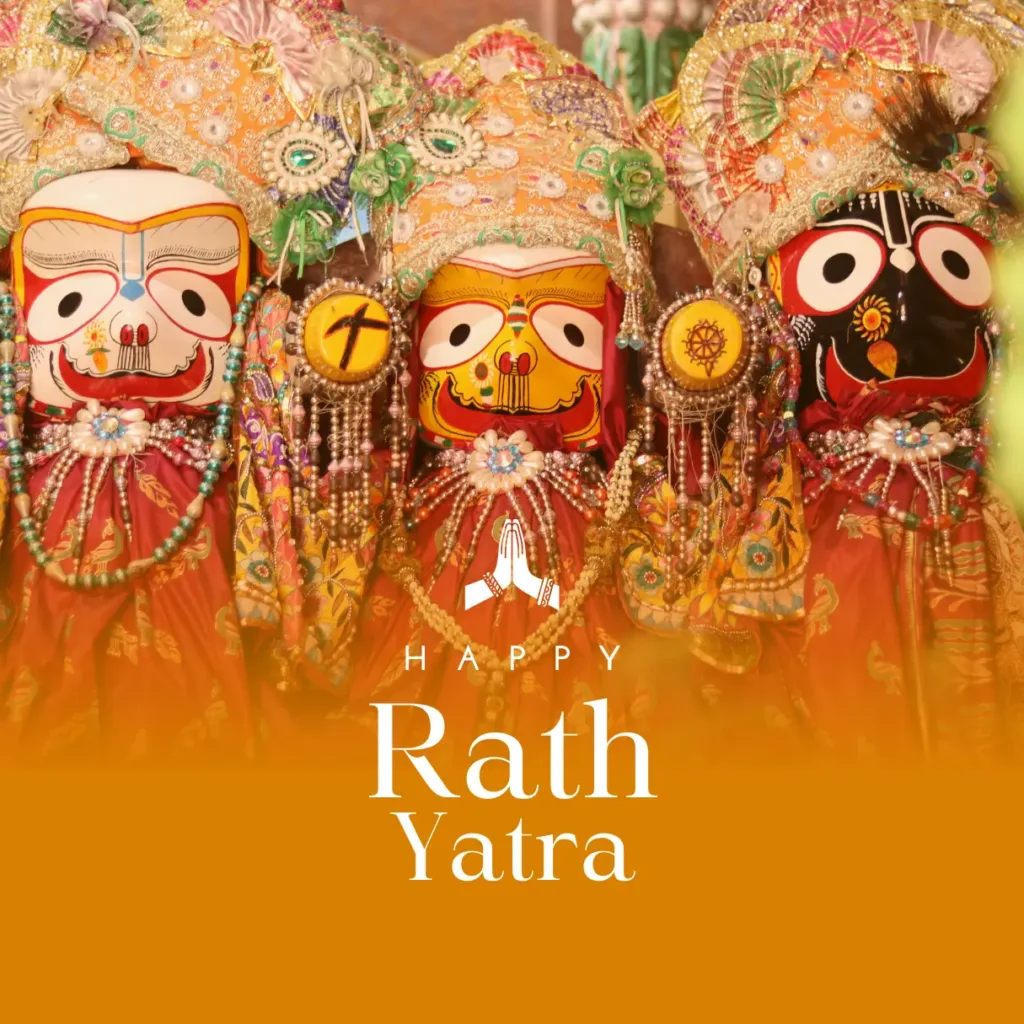
The Stay at Gundicha Temple:
The Holy Gods stay for nine days at the Shrine of Gundicha Temple where a multitude of rites and ceremonies are conducted. Worshippers come in the temple for prayer and blessings. The atmosphere around the temple is vibrant with religious songs, dances and other cultural forms within the precincts of the temple. The deities’ stay at the Gundicha Temple is symbolic of Lord Jagannath’s affection for his devotees and his willingness to be among them.
Bahuda Yatra: The Return Journey:
After nine days, deities go back to the Jagannath Temple in a yatra known as Bahuda Yatra. The yatra is equally glorious and important. On the way back, the deities stop at the Mausi Maa Temple, which is dedicated to Goddess Ardhashini, known as the maternal aunt of Lord Jagannath.
In this location, the Poda Pitha, a special kind of pancake, is offered as a symbol of honor and piety to the gods.
Cultural and Social Impact:
Rath Yatra is not simply a religious celebration, it is also a cultural carnival that exhibits the wealth of culture and customs of Odisha. It fosters mutual feeling and associativity among individuals of various races. It goes beyond societal, economical and cultural divides by bringing people together to rejoice in faith and worship.
Thousands of tourists visit Puri during this auspicious period, while most local entrepreneurs make handsome profits from it. It boosts tourism, with thousands of visitors flocking to Puri to witness the grand spectacle. Local businesses, artisans, and craftsmen benefit from the increased footfall, making Rath Yatra a vital part of the region’s economy.
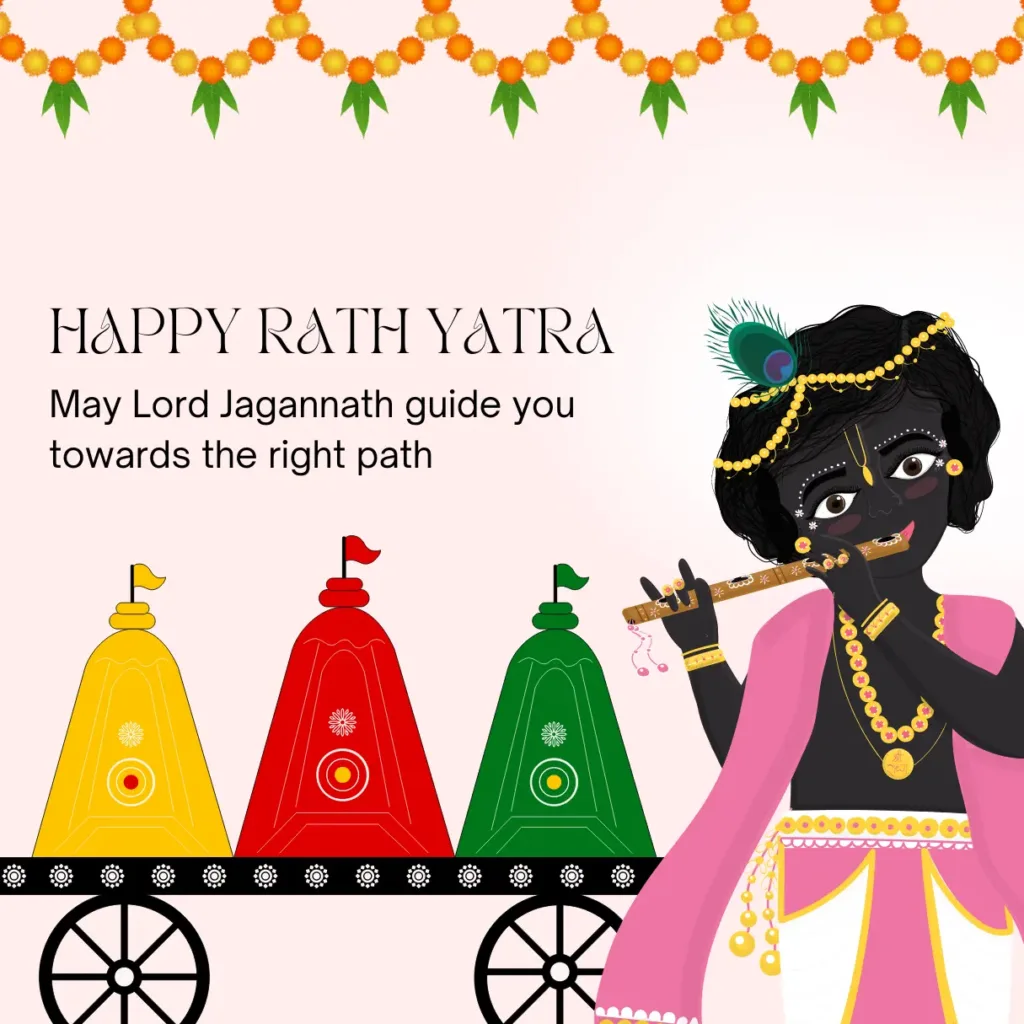
Conclusion:
Puri’s Rath Yatra combines spirituality, culture, and tradition in a way that is extraordinary. Praise for this particular event comes from grandiosity, devotion by its fans and long-standing history of this festival all over Hindu religious schedule which cannot be compared with anything else. The very fact is that millions of individuals have so much belief and confidence in it that they gather together to honor the holy voyage of their deities including Lord Jagannath Balabhadra as well Subhadra.
The festival has got an eternal charm that continues drawing people of different backgrounds together, hence being depicted as unison, faithfulness and cultural esteem. When you experience Rath Yatra, it is an experience that leaves an indelible mark on the hearts and minds of all who witness its splendor.
Greetings on the start of the sacred Rath Yatra. We bow to Mahaprabhu Jagannath and pray that His blessings constantly remain upon us. pic.twitter.com/lMI170gQV2
— Narendra Modi (@narendramodi) July 7, 2024

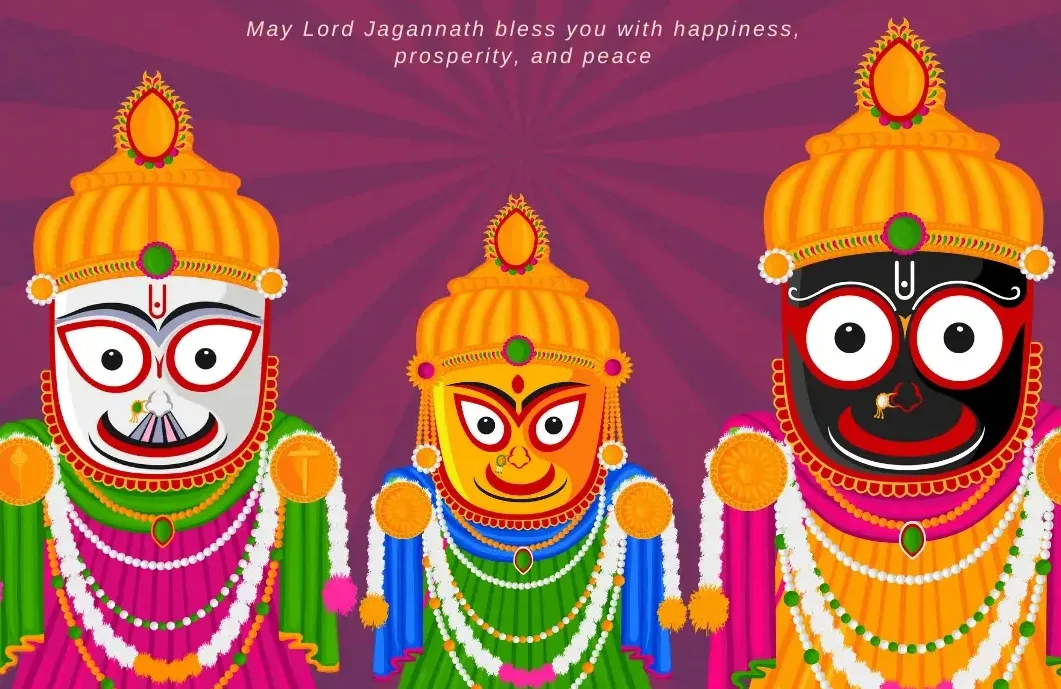






2 thoughts on “Rath Yatra 2024: The Grand Festival of Puri Jagannath, Odisha”